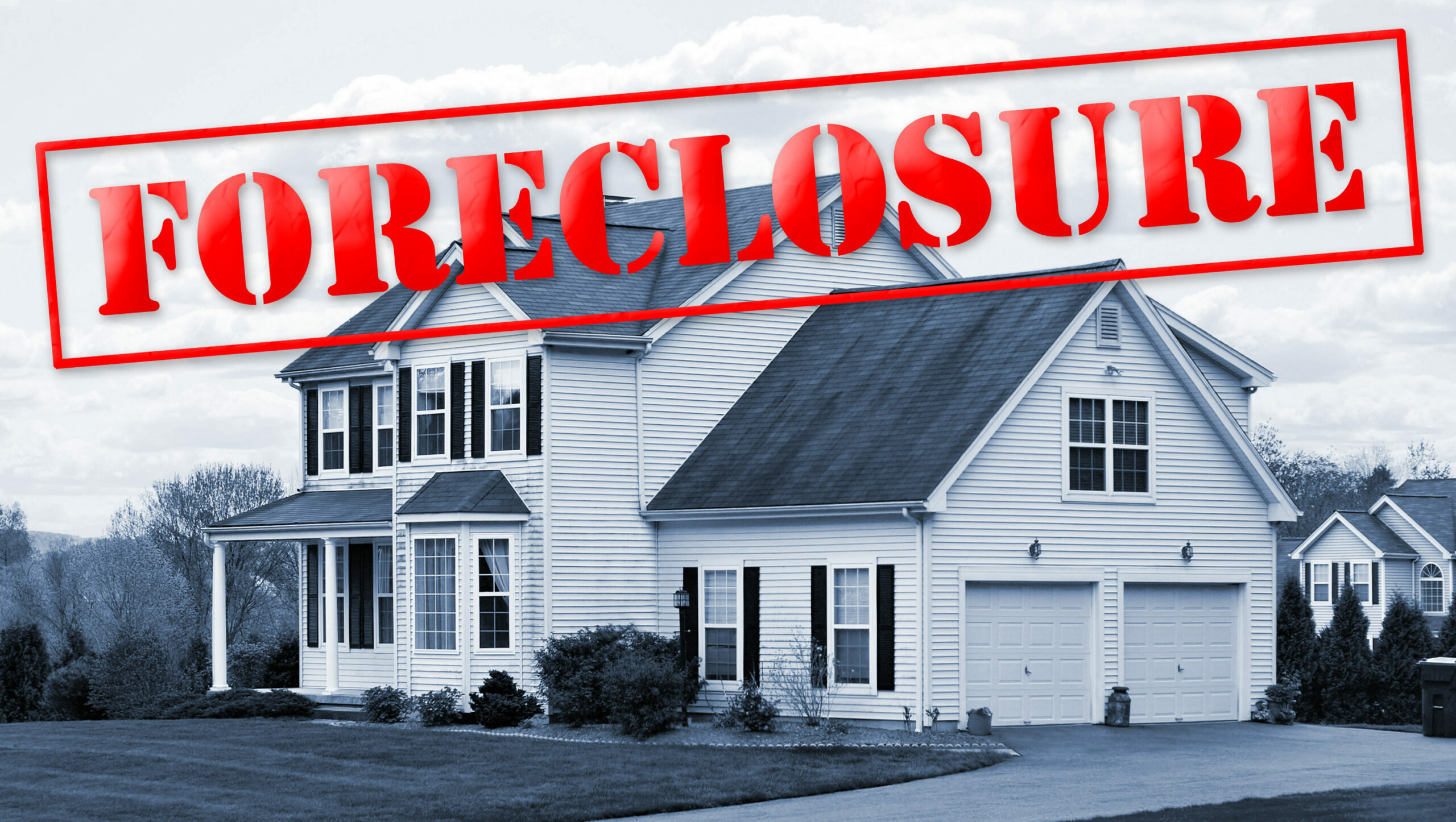It didn’t take long for Russia to start renouncing all things Western.
Coca-Cola’s bottling partner in Russia yanked its iconic drinks Coca-Cola, Fanta, and Sprite and replaced them with its copycats CoolCola, Fancy, and Street.
After a Russian mogul bought all 847 McDonald’s outlets, the fast food chain reopened its doors as Russian replica “Vkusno & Tochka.”
Meanwhile, Russia’s Council of Shopping Centers (RCSC) is planning to swap out Western clothing labels with garments from Iran, India, and China.
And while it sounds like small potatoes, these knock-offs are the canary in the coal mine for a major change—a new global order quietly shifting the global power balance.
Last week, I explained how China is preparing for this shift by breaking itself away from Western supply chains (and how semiconductor stocks should benefit*).
(*Shortly after, U.S. Congress passed a near $280 billion bill to subsidize the domestic semiconductor industry as it competes with Chinese and other foreign manufacturers, sending chip stocks soaring.)
Today I’ll show you how this paradigm shift will happen—and most importantly, how to prepare for it.
But first, let’s remember what brought America to the pinnacle of its power and thus, why it will soon lose some of this privilege.
Exorbitant Privilege
America wouldn’t be where it is today if it weren’t for its fortunate position at the end of WWII.
When the war ended, America was the only major economy with a budget surplus. It also held two-thirds of the world’s gold reserves, which made the dollar a no-brainer choice for a reserve currency.
As I wrote in “Bretton Woods 3: Is the Dollar Dominance Over?“:
“By 1940, war-torn Europe had unpegged its currencies from gold to finance the war. Even Great Britain, whose pound was a de facto reserve currency, gave in to devaluing its currency.
Meanwhile, the dollar was the only currency backed by gold. A lot of gold. Because America ran a huge trade surplus and Europe paid for its imports in gold, America held two-thirds of the world’s gold.
So in 1944, at Bretton Woods, the world crowned the dollar as a new reserve currency.”
A reserve currency gave America what then-French President Charles De Gaulle called “exorbitant privilege.”
This privilege allowed the Fed to print as much money as it wanted and never run into a balance of payments crisis.
It’s like playing “Monopoly” with your own doodled-up notes and forcing other players to transact in them.
The less obvious privilege I discussed a few months back is that the reserve currency created extreme demand for America’s financial assets, which helped the country finance its multi-trillion-dollar deficits.
But when you have such power, it’s easy to overspend. And that’s precisely what the U.S. did.
The Biggest Resource
The world had to rebuild itself after WWII. To do that, it needed the most important resource: energy.
And the biggest energy source? Oil.
So after the end of the U.S. gold peg, the U.S. struck a deal with OPEC (the world’s largest oil producers) to price oil using only the U.S. dollar.
Today, things haven’t changed much; oil is still the biggest energy source on the planet and OPEC still represents nearly 50% of its global production.
Which is why 8 out of 10 global oil barrels are still traded in U.S. dollars.
But it’s not so much about the transaction as it is about what’s happening before and after the trade.
On one side, there’s oil buyers.
If they want to buy oil, they have to keep dollars in their reserves to pay for it because the sellers mostly only accept dollars.
And the reserves aren’t just cash. Most of it is invested in securities denominated in the reserve currency – to earn a little interest, of course.
For example, Canada holds more than 70% of its reserves in securities.
That means as long as the dollar is the reserve currency, there will be underlying demand for Treasuries from foreign central banks. That ensures America can always find lenders and borrow at low rates.
On the other side, oil producers earn in dollars, which they also have to “recycle” one way or another. And they often choose to park that cash in dollar-denominated assets or pay for American imports.
For example, the historic petrodollar agreement bound the Saudis to invest billions of petrodollars in Treasuries to finance America’s deficit*. They also used dollars to contract American companies to build up their infrastructure and technology.
(For more info, refer to Ivan’s Letter, “How the US Dollar Will Collapse“).
This is why Saudi Arabia holds over $116 billion in Treasuries and is one of America’s largest foreign creditors.
In other words, the dollar is the reason America grew so powerful.
No major economy could compete with a country that owns the printing press of the world’s settlement currency.
Until now…
“De-dollarization” has Begun
Since the turn of this century, the dollar has been steadily losing its ground.
In 1999, the world’s central banks held 71% of their reserves in dollars.
Today, the dollar’s share in foreign reserves has dropped to 59%—the lowest level in over 25 years.
Meanwhile, the Russia-West confrontation is quietly eroding the petrodollar.
In retaliation for Western sanctions, Russia and China are falling over themselves to settle commodity sales in all but dollars.
As WSJ reported, China is trying to convince Saudi Arabia to accept the yuan for its oil imports. It’s also ramping up coal and oil imports from Russia, paid in yuan instead of dollars.
Meanwhile, Russia is blackmailing Europe to pay for oil and gas in rubles, or else it will cut its supply. The Kremlin is also in talks with India to trade all commodities but oil in their local currencies.
In other words, bit by bit, the Eastern hemisphere, led by China, is weaning itself off the dollar.
But that’s not all.
China has another secret weapon up its sleeve to sap the dollar’s strength.
It could de-peg the yuan from a basket of currencies anchored by the dollar. If China let the yuan float freely, economists think it could run off with half of the dollar’s reserve weight.
From a recent column by Harvard economic professor Kenneth Rogoff:
“For many reasons, the Chinese authorities will probably someday stop pegging the renminbi to a basket of currencies, and shift to a modern inflation-targeting regime under which they allow the exchange rate to fluctuate much more freely, especially against the dollar. When that happens, expect most of Asia to follow China.
In due time, the dollar, currently the anchor currency for roughly two-thirds of world GDP, could lose nearly half its weight.”
Read that last line one more time.
By changing how it pegs the yuan’s exchange rate, China has the tool it needs to destroy the dollar’s reserve currency with a finger snap.
Of course, this would sabotage China’s economy because a more expensive yuan would make its exports more expensive in dollar-dominated trade. And, as the world’s largest exporter, China can’t afford to lose its pricing power.
That explains why China hasn’t pulled that card yet – not until its citizens can, pound-for-pound, consume as quickly as Americans.
Post-SWIFT Financial System
For nearly 50 years, SWIFT, or the Society for Worldwide Interbank Financial Telecommunications, has been the main “clearing house” for cross-border transactions.
It’s a protocol that connects 11,000 institutions that transact with each other 42 million times a day. It’s controlled by G-10 central banks and holds a near monopoly on international payments.
For perspective, $140 trillion has changed hands across the world in the past year. And according to the Economist, 90% of those wires went through the West-controlled SWIFT system.
Can you imagine the power where one push of a button can shut you off from 9 out of 10 financial institutions in the world? In fact, that’s what happened to Iran in 2019 and to some Russian banks this year.
This is why, since 2012, China has been building a homegrown alternative to SWIFT called China’s Interbank Payment System (CIPS).
Its goal is to use CIPS to circulate more yuans in international trade by having a payment system that only settles transactions in yuan.
Via Lawfare:
“SWIFT and CIPS were created for different purposes. A cooperative of mostly Western banks created SWIFT in the 1970s as a set of standards for international financial messaging. The objective was to ensure collective ease in interbank communication. In contrast, the Chinese government created CIPS to support RMB clearing and settlement on- and offshore, and to aid their objective to make the RMB more attractive.
The network is working.
CIPS is already used by 1,144 banks in 103 countries that transact $49 billion daily in 2021.
And its daily transaction volume is nearly doubling every year.”
Meanwhile, Iran has connected its banks to the Russian financial messaging system (SFPS) to evade Western sanctions. And the BRICS is planning to introduce its own payment protocol, BRICSPay.
Mark my words, before long, SWIFT will be just one of many payment systems around the world.
But here’s the thing: we may not even need networks like CIS in the future.
As I wrote in “CBDC China: Authoritarian Experiment Goes Mainstream,” this year, China officially rolled out the world’s first central bank digital currency (CBDC)—the e-yuan.
While digital yuans are still only available in China, as the largest trading country, I’m convinced China will soon offer it to its trading partners as a modern alternative to the fiat dollar.
You may be thinking: Why would other countries allow it?
First, it will be faster and more technologically advanced than fiat dollars.
For example, China could pre-program yuan smart contracts that can automate commodity sales. Considering that it currently controls nearly 60% of all rare earth elements production, China could force those who need it to transact in its preferred currency.
Second, a CBDC won’t need a payment network like SWIFT.
The e-yuan could technically let you bypass the West’s oversight, which would appeal to a lot of countries, such as Iran.
In fact, Richard Turrin, the author of Cashless: China’s Digital Currency Revolution, predicted that the e-yuan would destroy the dollar’s hegemony in five to 10 years.
If you think that’s a stretch, consider this: China is the world’s second-largest economy by GDP and the biggest trading nation. And yet, the yuan makes up just 2% of international reserves.
We don’t think it will happen that quickly, but something has to give.
America’s Hegemony is Over
The 2020s will mark a major regime change.
After decades of globalization, the world will revert back to a multi-polar system. It will become more fragmented, protectionist, and less financially tied, giving more reason for conventional wars.
How will it affect us? And aside from the worst-case scenario—World War III—what should you prepare for?
First, brace yourself for years of sustained inflation.
As globalization reverses, the world will have to figure out new supply chains, which will take time. Covid shortages will be a walk in the park compared to what’s coming.
We’ll also lose cheap goods from the East, which has been one of the biggest deflation forces in the past two decades.
That means inflation is going to stay longer than we initially thought. It may retreat during a recession, but don’t be fooled.
When the economy comes roaring back, so will inflation – which is why Ivan believes that the next run will turn millionaires into billionaires and billionaires into trillionaires, as inflation means certain asset classes will gain in value.
Second, the multi-polar reserve system will water down the dollar. As global dollar reserves shrink, so will demand for its denominated debt —Treasuries. In fact, it’s already happening:
What will happen when there aren’t enough buyers of Treasuries to refinance our $100 trillion of federal obligations? The Fed will be forced to debase the dollar to monetize all of this debt.
So, don’t put all your eggs in the dollar-denominated basket – even if the dollar shows short-term strength. Diversify into real assets—such as precious metals or land. And load up on investments in currencies that can take the dollar’s place.
America’s hegemony could be coming to an end. Buckle up.
Seek the truth and be prepared,
Carlisle Kane














All bad news, for sure. Many of us have heard the warnings years ago, and now the devil’s details are upon us. If you would like a new way to own gold, I will strongly suggest you look at the crypto stock AABB and its related token, AABBG.X. It is a gold mining company with a working crypto exchange. Soon to have a system in place for businesses to accept most any crypto with a credit card. Each token is backed by one tenth gram of gold, which is about $5.50, or so at the moment. Those of us who are already in it believe it is the answer to inflation and the corrupt banking system. Check it out.
Two reflections on the evolving value of the US $. One, no one seems to be aware of the implications of the creation of a commodity exchange in Shanghai China,( I believe) in September 2018. Two, The only way the US $ has up to this point been able to hold any value in the face of trade defeatists going back to the early 60’s is the demand for the currency in the open market during a long period of world economic growth. International transactions have been soaking them up. But for a number of years now international trade has been declining without much notice.
A side anecdotal story. June 1939 the head of the German Central Bank tells Adolf Hitler the country has no foreign reserves left. Too much spending on tanks and autobahns. The country is broke. A real problem since Germany has never been able to feed itself. This fact is what precipitated the proposal to Stalin and the invasion of Poland.
Arline Harris (arlineharris33@gmail.com) We are forced to take the blows our dear government sets up for us thorough trusted legislation .( Ha ,Ha ,just joking! We are blind to the fact that they don’t listen to us or even ask us ,what we think about our money going elsewhere.
Megatrends is a book by John Naisbin After WWII 1948 america was IT! number i. As time progeresses america’s dominance and influence degrading we were warned in the past that this would happen. It is now escalating. Many people in power and below never thought this could happen that is 1st mistake thinking how great we were suppose to be. The thought that we are the greatest. They never looked and realized that the world is out there and america is not the only country. That was our thinking. A business man realizes outside the box and deals with changes is flexible and logical when other countries are out there. Again megatrends the Railroad companies what business are you in the RR business or the transportation businees. Oil business or the energy business. they did flex to research for other power sources for energy, or put trucks on the road flexible to enhance business. In any event another aspect is statement by experts. and trends they can be slowed down detained but a trend will come and by accepting change you could be in the game. One trend I read abot is every century a continent will be the major player. Now it is Asia. You know that
You say:
“Diversify into real assets—such as precious metals or land. And load up on investments in currencies that can take the dollar’s place.”
How does Bitcoin (cryptocurrency) fit in?
Thanks for your interesting and informative newsletter.
An alarming number of Americans live the lifestyle they do because it is subsidized by the Federal Government in the form of SNAP, WIC, tax Credits, and various government programs that are too numerous to even begin to count. America will continue to go into debt to sustain these programs inone way or another to the bitter end. We are addicted to creating currency as the solution to any and all problems.
For many people self-reliance, personal accountability, etc. are literally laughable. Wonder why BITCOIN and many other Cryptos peaked last November? Just happened to be about the time the trillions in Government handouts were winding down (and they literally were handouts, lots of job opening, nobody willing to work because they were getting lots of money for nothing). Trust me a lot of people were throwing money in Crypto because as many people put it “they weren’t spending their money” The attitude was like being able to go to Vegas on somebody else’s (the Federal Gov’t’s) dime.
No question you have pinpointed the changes that will occur in the way finances will be handled in the not too distant future. unfortunately this will also destabilize countries and relationship with countries.